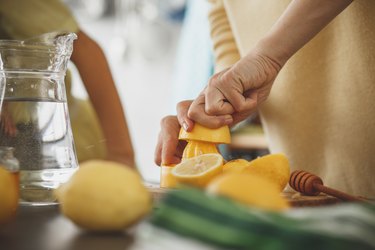
Imagine you're in the middle of a baking extravaganza, making cake, cookies or other delicious treats; you head to the cabinet to grab the baking powder and realize that there's none to be found. If this scenario sounds familiar, don't fret — you have options besides running to the store last minute.
Both baking soda and baking powder are an essential part of many recipes, and the two have more in common than you think: Baking soda is simply sodium bicarbonate while baking powder is a ready-made combination of baking soda and an acid.
Video of the Day
Video of the Day
Baking powder is a type of chemical leavening, which creates expansion (puff) in a baked good through the release of carbon dioxide. When you add a liquid (such as water) to baking powder, the dry acid and base react to produce carbon dioxide bubbles. Single-acting baking powders release carbon dioxide at room temperature when it gets wet while double-acting baking powders produce carbon dioxide bubbles a second time when it is heated.
To create this magic, baking soda must be mixed with an acid or it will never be activated (and whatever you're making will likely be a disappointment).
The Gist
When used alone, baking soda has no leavening properties. However, when used in combination with acidic ingredients such as yogurt, buttermilk or cream of tartar, leavening takes place, creating a light and fluffy product. Win!
You can make your own baking powder in a pinch. Before you drop everything to go buy more, take a look at the handy list of substitutes below.
What to Use if You Have Baking Soda
Mixing up your own homemade baking powder is quick and easy if you have some baking soda on hand.
1. Cream of Tartar
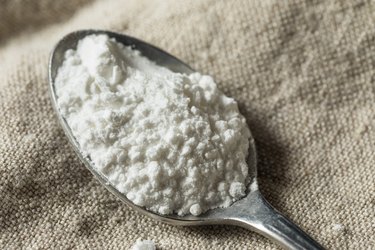
Cream of tartar is a dry acid that is a byproduct of wine production. Known also as tartaric acid, it is the residue found on wine barrels turned into a powder form.
When combined with baking soda, it creates a chemical reaction that leavens baked goods by forming carbon dioxide gas. It also acts as a stabilizer when whipped with egg whites, so it is often in recipes for soufflé, meringue and angel food cake.
You can typically find cream of tartar in the spice section of your local grocery store.
For each teaspoon of baking powder required, use ½ teaspoon cream of tartar with 1/3 teaspoon baking soda with 1/8 teaspoon salt.
2. Fermented Dairy
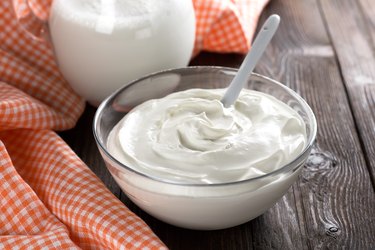
Because fermented dairy is naturally acidic, it makes a perfect partner for baking soda as a leavening agent to create that light, fluffy texture.
To make sour milk, add one tablespoon of lemon juice or distilled white vinegar to one cup of cow's milk and allow it to stand for five minutes; this transforms it to sour milk. The following proportions work with dairy-based acidic liquid ingredients.
For every teaspoon of baking powder required, use ¼ teaspoon baking soda with ½ cup acidic liquid (you can use sour milk, plain yogurt, buttermilk, sour cream or plain kefir).
3. Molasses
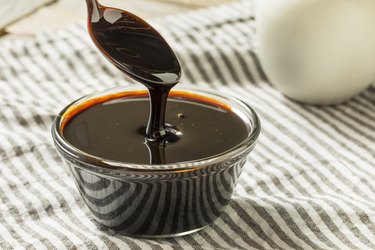
Molasses is a sweetener that is made by boiling down sugar cane juice and removing the sugar crystals so that a thick, brown syrup remains. It is used in a variety of baked goods, so you may have some on hand. It is also an acidic liquid that can stand in for baking powder when mixed with baking soda.
For every teaspoon of baking powder required, use ¼ teaspoon baking soda with ¼ cup molasses.
4. Lemon Juice
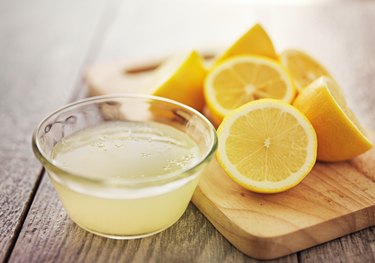
Lemons are another acidic alternative and you probably have a few of them in your refrigerator right now!
Just be sure that the lemon flavor will be a positive addition to the recipe rather than a distraction. For this reason, it is recommended to use lemon juice for recipes that require a small amount of baking powder.
For every teaspoon of baking powder required, use ¼ teaspoon baking soda with ½ teaspoon lemon juice.
Don't want to experiment at all?
Here are 7 Mouth-Watering Dessert Recipes — No Baking Powder, Baking Soda or Yeast Required.
What to Use if You Don't Have Baking Soda
No baking soda? No problem. The following baking powder substitutes do not require one bit of baking soda.
1. Self-Rising Flour
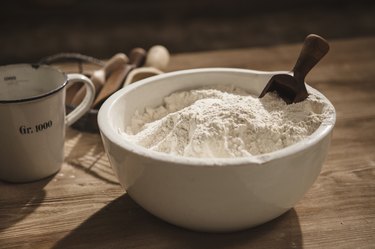
If you have self-rising flour in the pantry, this is a great option. Self-rising flour is all-purpose flour with salt and baking powder already mixed in, making it an easy, hassle-free swap. Use this in place of the flour, baking powder, baking soda and salt in a recipe.
Use 1 cup self-rising flour for every 1 cup of flour; omit the baking powder, baking soda and salt in the original recipe as well.
2. Whipped Egg Whites
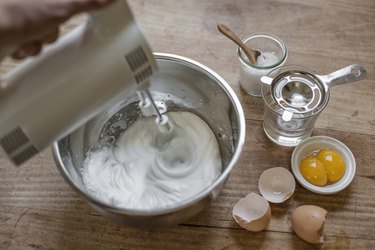
Some recipes, such as meringues, soufflés and pancakes, use whipped egg whites in place of baking powder. Whipping egg whites creates tiny air bubbles that increase the overall volume of the whites, translating to a light and fluffy product.
Folding whipped egg whites into a recipe is a solid alternative to baking powder. To beat egg whites, use a whisk, hand mixer or stand mixer and start on low speed, gradually increasing until the egg whites form soft peaks.
The amount of egg whites required varies, but in general, pancakes may only need two egg whites while a cake may need eight or 10 whites.
3. Club Soda
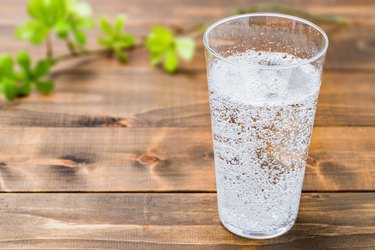
Club soda, a carbonated beverage that contains sodium bicarbonate, is also a possible baking powder swap out. It contains baking soda and water, creating an immediate chemical reaction once added to a recipe.
Since club soda contains a fairly small amount of baking soda, note that this alternative won't provide much leavening or volume.
Replace any liquid in the recipe with an equal amount of club soda.